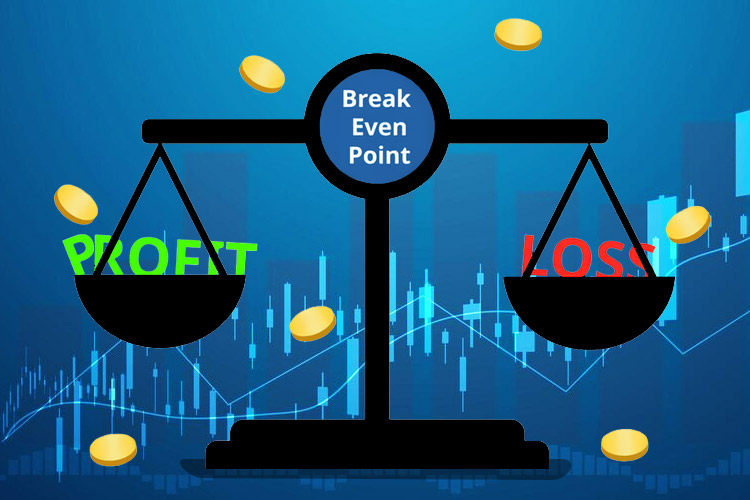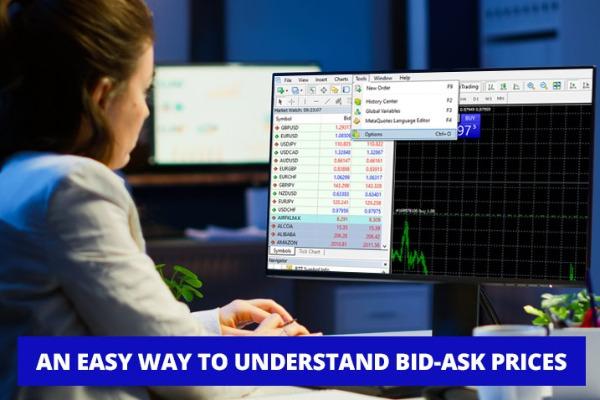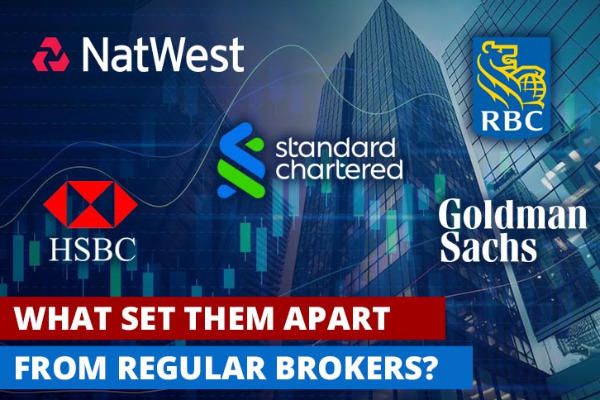By understanding breakeven trading, you have the opportunity to minimize potential losses by breaking even. What does that mean?

Have you heard of "breakeven trading"? Traders often overlook this condition. The reason is that many traders are only fixated on profit and loss as a benchmark for trading. Breakeven trading is a crucial component to be included in a trading journal. Why is that? What is breakeven trading? Check out the full review below.
Get to Know Forex Breakeven Trading
Generally, break even is a point when profit is equal to loss. It refers to a strategy in which a trader sets their entry price so that they won't suffer any losses. On the other hand, they might not generate profit either. That said, evening out a position during trading is important in protecting trading capital.
Not all trader wants to reach break even points. Most only care about making a profit. However, breakeven is not a foolproof method to get all profits. You still need to navigate losses as well.
Breakeven Types
Breakeven trading can be divided into two types, namely, breakeven, which should be profitable and supposed to be a loss. What does it mean?
Breakeven Strategy on What Should be a Profitable Position
No trader can say for sure where the price will move. This is what can sometimes trigger emotional struggles within traders. When trading based on emotion or not sure the price will move according to predictions, you unconsciously keep your position even. Here's the pattern:
Assume you open a long position with a stop loss of 200 points and a take profit of 400 points. Initially, the price moved upward as expected.
However, soon enough, the price suddenly dropped drastically. Then, you panicked and immediately made a manual exit in the breakeven position without waiting for the price to touch the stop loss at the 200-point level.
After the exit, it turns out that the price is moving back up according to the initial prediction. The movement was fast enough to touch the take profit of 400 points set from the start.
The scenario above could occur when price action displays wild price swings. Initially, the price was in the uptrend, then suddenly switched to a downtrend. Many factors can cause this to happen. One of them is the release of economic data.
So, is the decision in the scenario above correct?
The answer is yes because you exit in breakeven condition. You don't make a profit, but you don't lose simultaneously, either.
Breakeven Strategy on What Should be a Loss Position
You should be grateful when you reach a break-even point. The reason is these results sometimes allow you to avoid an increasing loss. Check out the example below:
Assume you open a buy position with a stop loss of 200 points and a take profit of 400 points, same as before. The price is decreasing, and your trading account has a floating loss.
Shortly thereafter, the price reversed back up. You then exit manually in the breakeven position without waiting for the price to move to the take-profit level at 400 points.
After the exit, the price slid back down, and the movement was fast enough to touch the stop loss at the level of 200 points previously set.
So, if you don't decide to break even, you will suffer loss. Based on this scenario, it is safe to say that breaking even can be a savior when the forex market is not friendly.
How to Apply This Method?
Is the previous explanations still confused you? If so, consider the following scenario about breakeven forex trading.
For example:
On the EUR/USD trading chart with the daily time frame, assume you sell EUR/USD at the 1.1340 level. Stop loss is at 1.1450, and take profit is at 1.1150. The next day, the EUR/USD price fell to 1.1220.
You can apply a break-even strategy here. The trick is to move the previous stop loss at the 1.1450 level to 1.1340, the initial price level when you open a position.
Why should you take this step? If the price goes down, wait until you reach your take profit level. You can exit immediately when the price action signal is on a lower time-frame, for example, H1 or H4, when the chart has formed a pin bar, inside bar, or other signals indicating a reversal. You won't lose even if the price hits the stop loss because the SL has been shifted to breakeven.
The Final Words
In a floating loss condition, don't be blinded by the delusion that the price is still on your side. If you see signs that the floating loss will get bigger, cut loss immediately. However, if the price goes otherwise, you can use this strategy to minimize losses.
Remember that exiting a trading position at break-even indicates that you should check your trading plan. Why did you decide to use this strategy? Is the market moving against your prediction? Or because of fear, greed, or hope? Use this valuable learning and rearrange your trading plan.
Loss in trading is commonplace. Apart from breaking even, there are other ways to minimize losses so that the trader's account balance can grow positively.

 Dedicated FREE FOREX VPS
Dedicated FREE FOREX VPS Free FOREX Virtual Private Server
Free FOREX Virtual Private Server MT4 Demo Contest, Get $500
MT4 Demo Contest, Get $500 Sign Up for an Account, Claim 60% Deposit Bonus
Sign Up for an Account, Claim 60% Deposit Bonus Free MT4/MT5 VPS 2024
Free MT4/MT5 VPS 2024 Send E-mail and Get Free Merchandise
Send E-mail and Get Free Merchandise $1K Refer a Friend Bonus for Pepperstone Pro clients
$1K Refer a Friend Bonus for Pepperstone Pro clients Maximize Your Earnings with 100% Deposit bonus
Maximize Your Earnings with 100% Deposit bonus Trade to Win, $5,000 Monthly Demo Contest
Trade to Win, $5,000 Monthly Demo Contest Claim 30% + 15% Deposit Bonus from LiteFinance
Claim 30% + 15% Deposit Bonus from LiteFinance











